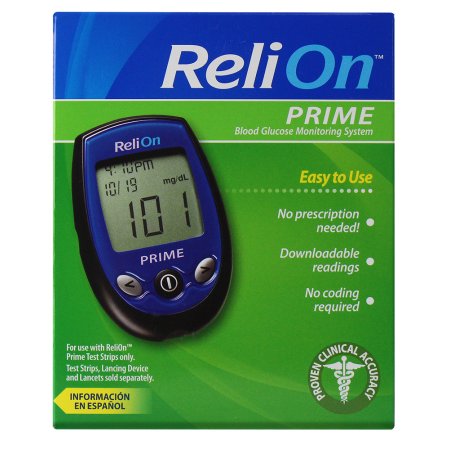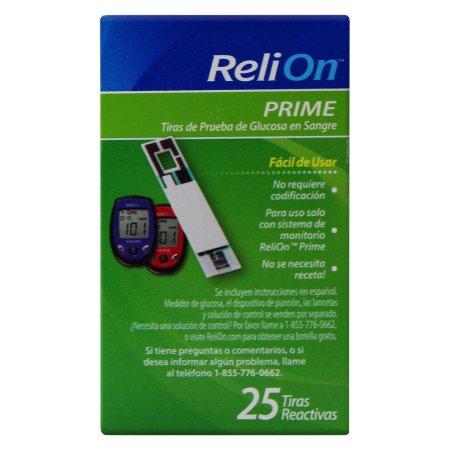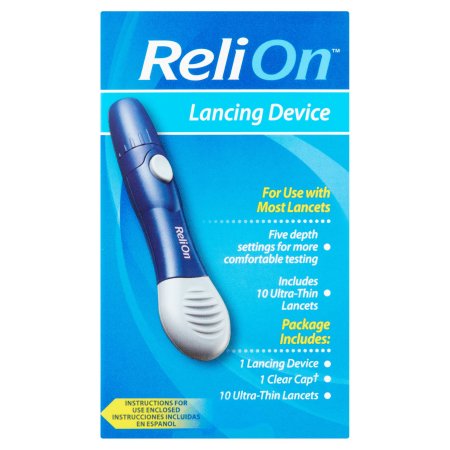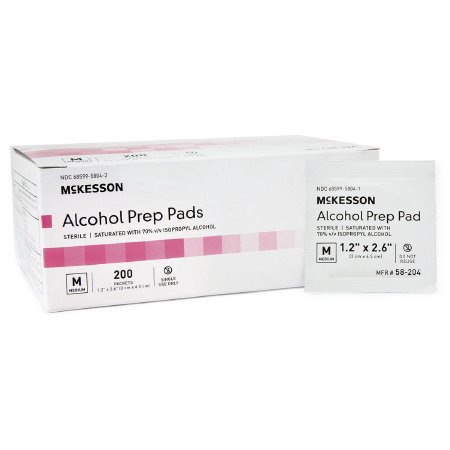When you have too much sugar in your blood (high blood glucose).
What Causes Diabetes?
Your pancreas creates the insulin hormone to help your cells turn the glucose from what you eat into energy. Takes two parts to make this work - the pancreas and cells. Type 1 diabetes is where the pancreas doesn't produce insulin right. Type 2 Diabetes is where the cells don't use the insulin like it's suppose to - causing insulin resistance. Most people have Type 2. If you are at risk of getting diabetes, you are prediabetic. If you have diabetes during pregnancy due to hormonal changes, it's call Gestational Diabetes. There are tons of material online about this subject. I'm going to focus on the two that I have personal experience (gestational and prediabetes) Hopefully, my human experience can help others.
My Story...
I was diagnose with gestational diabetes around 6 months into my pregnancy in 2001. I was told to eat no more than one cup of rice a day, minimize sugar intake. A Chinese diet with one cup of rice a day is truly unheard of. My favorite past time was walking from our apartment to the ice cream store. An ice cream was my reward for my walk. I was told to set up a meeting with a nutritionist. The silver lining in all of that was that my son joined the world 2 months early and therefore I was on this diet for about a month. When he was born, the doctor informed me that my diabetic symptoms were gone but because I had it during pregnancy, I'm at higher risk of getting type 2 diabetes later in life. I was only 28, so I dismissed his warning and went about raising my precious boy.
Fast forward 15 years...Diagnosed Prediabetes
On July 12, 2017 I was diagnosed with prediabetes. I had been feeling tired and had a numbing sensation on my left and right big toe. So I went for a round of tests. Two years ago, I went to a different doctor in Dallas with similar complaints and all tests came back normal. I was expecting the same. When it came back as prediabetic with an A1C of 5.8, I became obsessed. Many of my friends said that's low and the doctor didn't think it was worth doing anything about except to exercise more and change my diet. I actually have a pretty healthy diet, consist of mostly vegetables and some meat. I was 5'3'' and weigh 115 pounds in July. I hiked, kayaked, walked roughly 10,000 steps a day. So with that diagnosis, my journey began...
<Is my blood sugar normal> <How to read your A1C score>
Choosing Toys to Monitor Glucose at Home
I was a bit nervous with the idea of pricking my finger as I'm not a fan of needles. My fascination with data and understanding my health issue overrode my fear and now I'm pretty much addicted to testing. Here's what I learned about meters.
1. The test strips must be compatible with the meter.
2. The lancet must be compatible with the lancing device. (for finger pricking)
3. Any alcohol wipes will do.
Here's an example of what the cheapest one I can find at Walmart looks like in 2017 : Please note that I stopped using them after a week because it was so UNreliable!





My insurance will send me a free fancy meter, but they can't cover the strips without a prescription. The prescription must be brand specific (corporate power at work). So for the first 5 months of finding my way, I paid out of pocket. I read that you can calibrate the ReliOn meter by requesting the liquid from the manufacturer - which I did, but at that point, I had read so much bad press on them that I went with One Touch Ultra 2 since Walmart has the generic strips for this device for $20/50 strips. I went through a box per week, testing morning, before/after each meal, and before bed. That's 8 strips a day! That's not including the times I had to do 2 or 3 times at a given session because the strips resulted in obviously wrong readings or registered "error". There are no standards and regulations for these devices and they can be 20% off and still get approved by the FDA. Strips like the ones for OneTouch Verio Flex are wildly expensive. 50 strips cost $150 at Walmart. With Insurance, it's FREE! Figure that. Needless to say, I needed a prescription. I pushed on my doctor for a referral to an endocrinologist. All my 2 hour test numbers look normal, but my fasting is pre-diabetic. I needed to drive down to the root cause of pre-diabetic A1C.

What I learned after 5 months of finger pricking... Manage the spikes!
Meeting with the endocrinologist was insightful. I showed her my numbers and explained my dilemma. She kept repeating that my tests on fasting and 2 hour after meals would not show spikes. I was initially confused. She felt I was an atypical case because diabetes is usually treated with diet and exercise or medication if one doesn't want to do either. But I have a very health diet and I exercise 5 days a week. She gave me the prescription for the strips.
I came home and the first thing I did was googled "diabetes" and "managing spikes". Diabetesdaily has an easily understandable description of why we must manage the spikes. The general agreement is that spikes happen on average around 1 hour and 15 min after a meal. Out of curiosity, I decided to measure for my spikes every 20 minutes throughout the 12 hour day. Boy, was I shocked! My spikes were happening between 30 min and 1 hour, with averages around 40 min. Here is my chart using 2 meters.
Diet, Exercise, Herbal Tea, Diligent use of glucose meter
Results:
12/15/2018 - A1C is 5.6
4/13/2018 - A1C is 5.1

